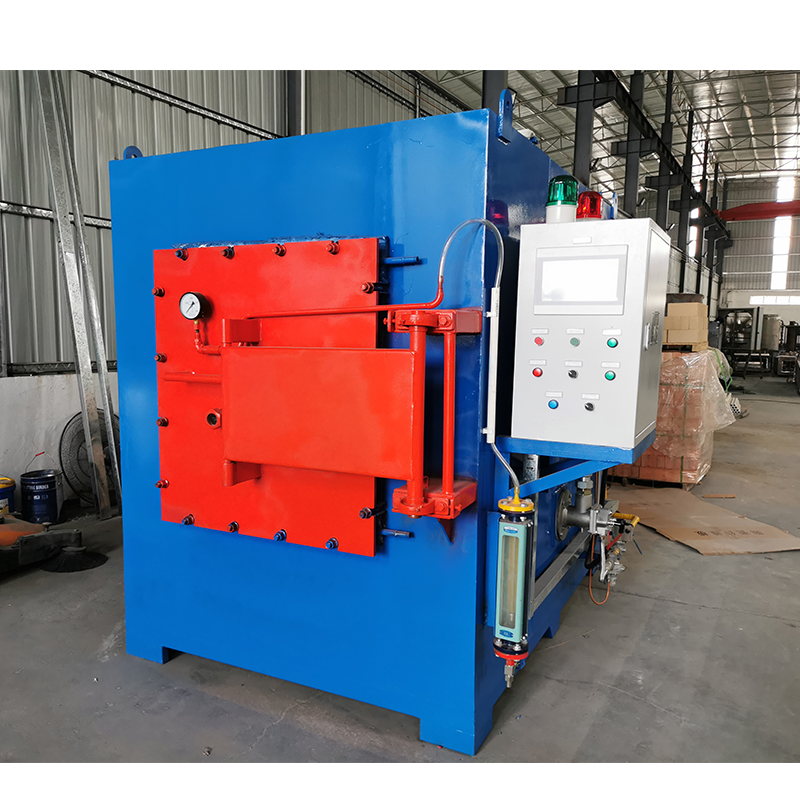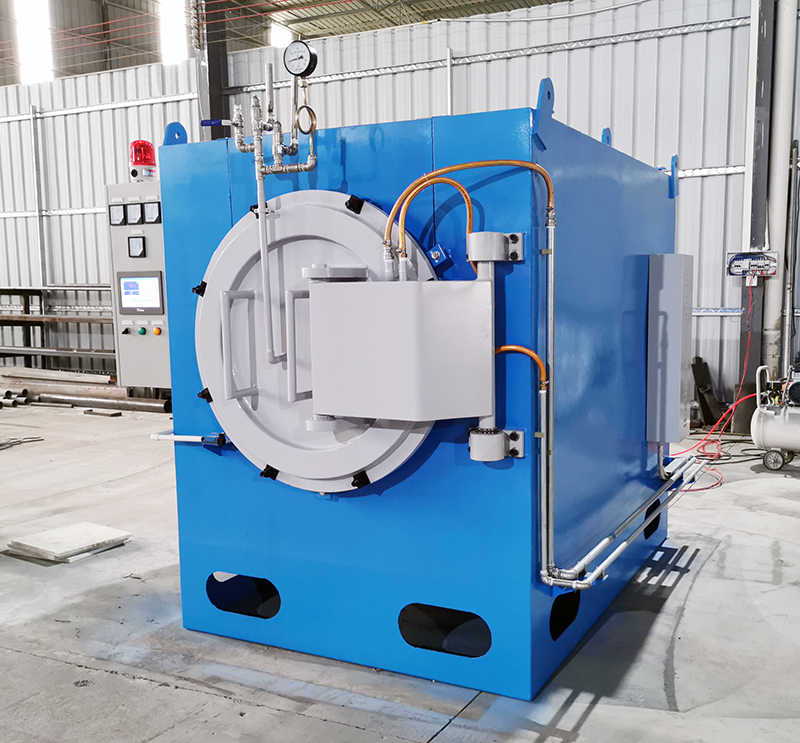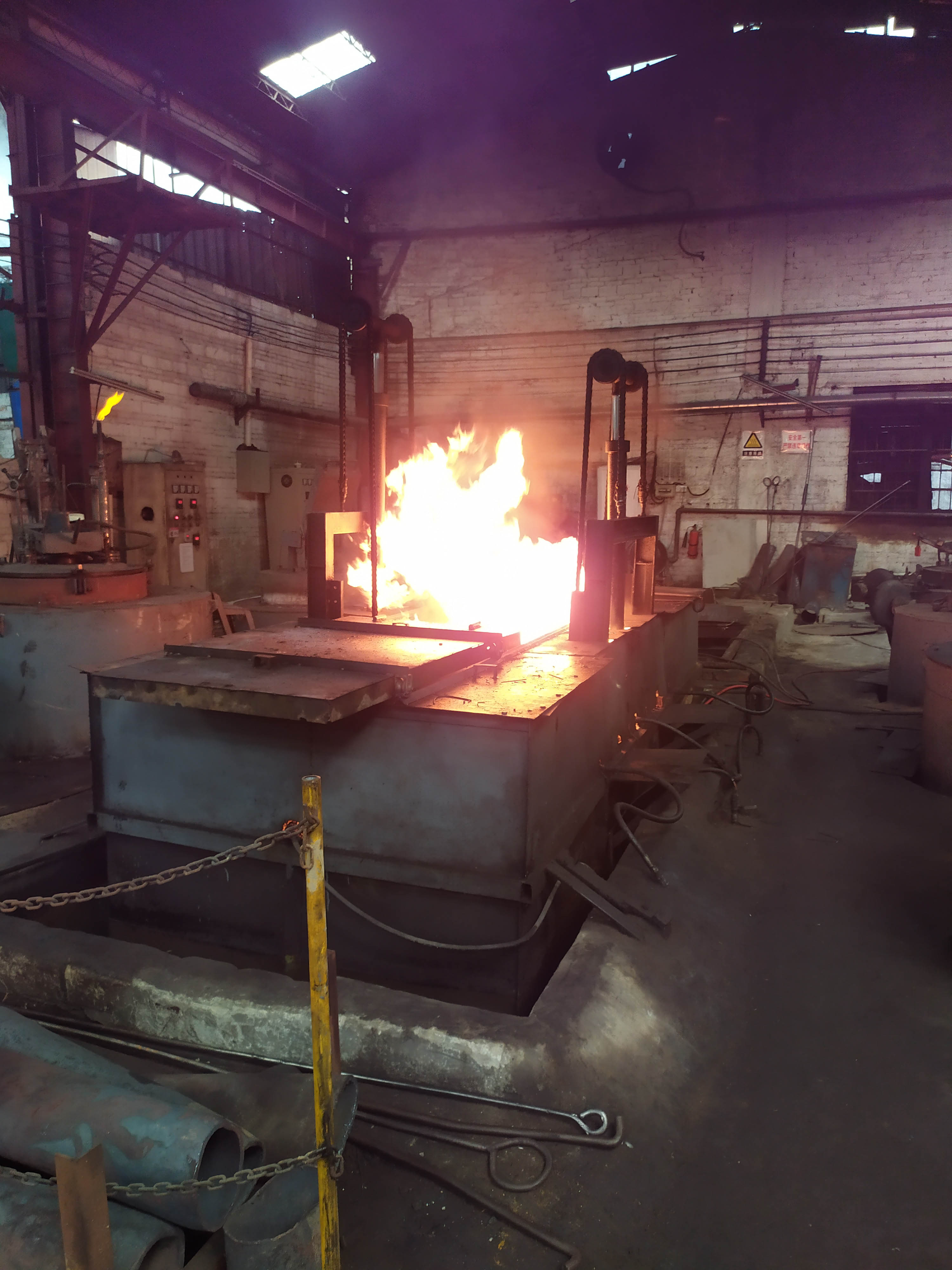The most advanced 3 kinds of heat treatment technology
Oct. 30, 2023
The development of scientific and technological level makes the metal heat treatment technology is also constantly improving, the old heat treatment method will cause some pollution to the environment, and it will pose a threat to people's health, modern science and technology to improve the heat treatment technology, next for you to share the most advanced 3 kinds of heat treatment technology for everyone to use.
One. Controlled atmosphere heat treatment
Controlled atmosphere heat treatment is mainly to prevent oxidation and decarburization, and to achieve precise control of carburizing and nitriding. In the late 1980s, it began to be used in industrial production and has been widely used. Combined with the characteristics of the Chinese market, Chinese and foreign equipment manufacturers have launched a new variety of grades and functions of controlled atmosphere heat treatment furnaces. Large sealed box type multi-purpose furnace production line can not only meet carburizing, carbonitriding, but also realize a variety of heat treatment processes such as bright quenching and bright annealing. Can realize computer aided design, production management, logistics management, field control, quality management, process management and other series of work. At the same time, it changed the situation of "dirty, messy and poor" in the past heat treatment workshop, and replaced it with simple and bright.

Of course, these production lines are expensive and suitable for mass production, such as in the automotive industry. Domestic manufacturers are close to user requirements, targeted to launch a variety of moderate prices, diverse styles, superior performance of controlled atmosphere furnace. Most of the process parameters can be optimized, predicted and accurately control the distribution of carbon concentration, obtain the ideal concentration distribution and infiltration layer organization, can achieve computer management, with a simple menu design, friendly human-machine interface.
Two. Vacuum heat treatment
Vacuum heat treatment is a new heat treatment technology combining vacuum technology and heat treatment technology, vacuum heat treatment in the vacuum environment refers to the atmosphere environment below an atmospheric pressure, including low vacuum, medium vacuum, high vacuum and ultra-high vacuum, vacuum heat treatment actually belongs to atmosphere control heat treatment. The application and development of vacuum heat treatment technology has been further improved and promoted, which has the characteristics of no oxidation, no decarburization, clean and bright workpiece surface after quenching, high wear resistance, no pollution and high degree of automation. Heat treatment technologies such as vacuum annealing, vacuum degassing, vacuum oil quenching, vacuum water quenching, true air quenching, vacuum tempering and vacuum carburizing are widely used in industrial production.

Three. Quenching medium and cooling technology
The ideal quenching medium should have the following characteristics:
① Quality type: fast cooling at high temperature stage, slow cooling at low temperature stage. That is, eliminate cracks and reduce quenching deformation.
② Environmental protection type: no toxic, harmful smoke or gas volatilization, not easy to burn, the workpiece is easy to clean after quenching, no corrosion to the equipment, does not stimulate the burned skin.
③ Stable type: the performance of the workpiece after quenching is uniform and stable, and the medium itself is stable in a certain period of time.
④ Economical: high quality, low energy consumption.

In recent years, the quenching medium has developed very rapidly. The performance of quenching oil has been improved, and the research and application of organic polymer quenching medium has reached an unprecedented development.









